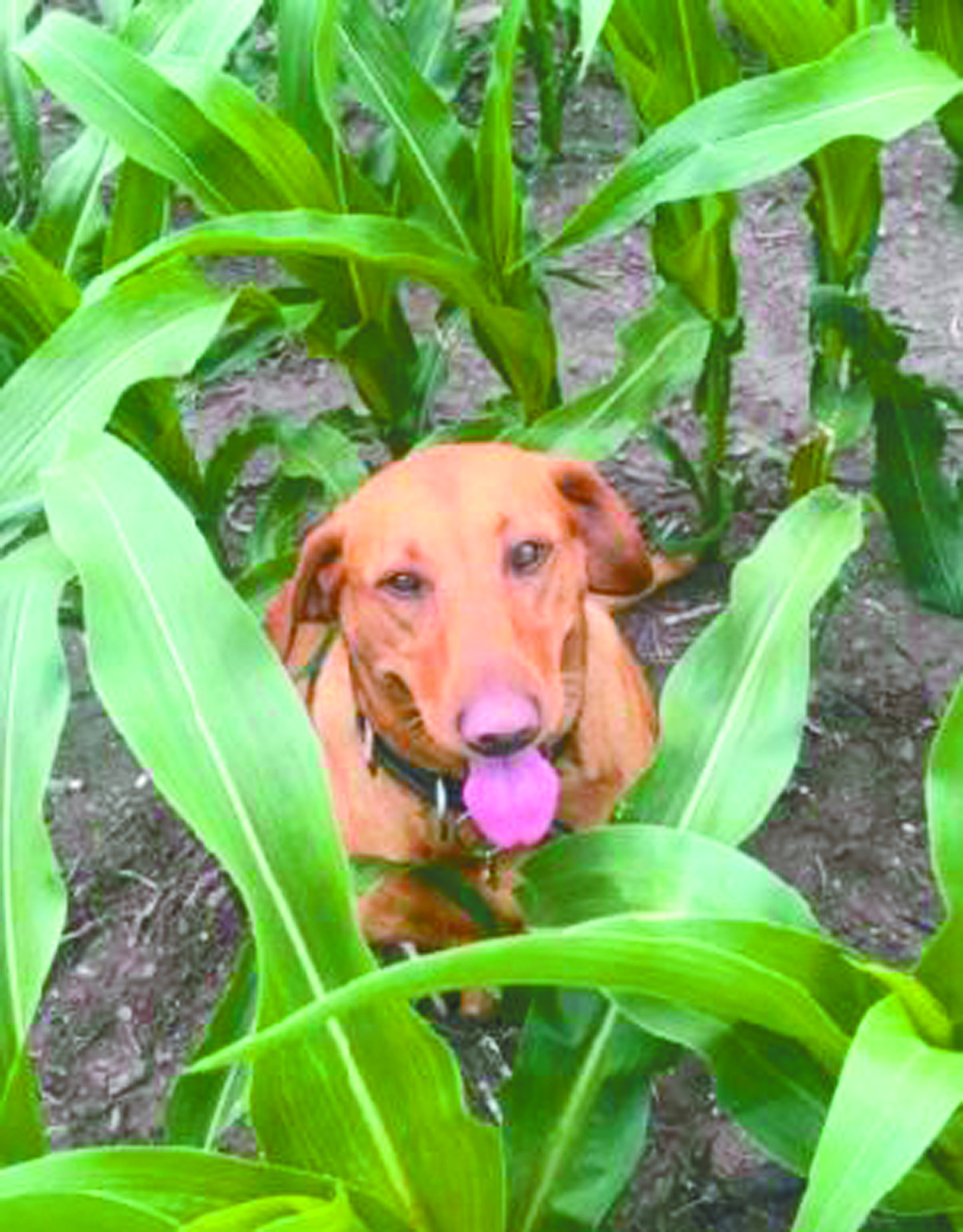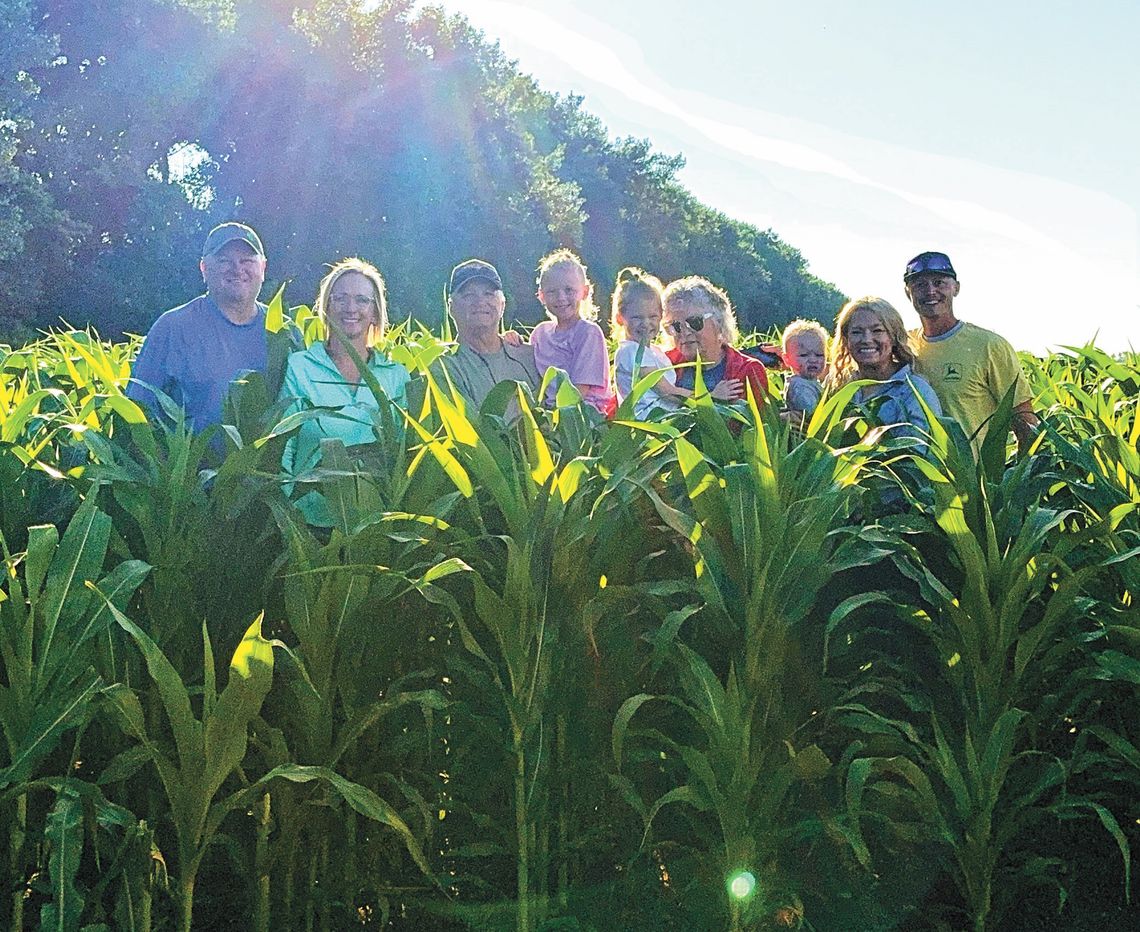
Journal Country farmers are weathering yet another unpredictable growing season, as an early summer marked by heavy rains, cool temperatures, and disappointing weather has left producers facing drowned-out fields, delayed growth, and lingering uncertainty. While nearly all plantable acres were seeded this year, local experts across the area agree: 2025 will likely not be a record crop year.
“It’s been an interesting year,” said Joe Gustafson of Full Circle Ag in Britton. “We’ve seen everything—heat damage, frost, flood damage, wind damage. When the entire county gets three to seven inches of rain at one time, it stresses the crops.”
That excessive rainfall the last several weeks came after a promising start to the planting season. Gustafson noted that producers were able to get nearly every plantable acre in the ground early on and were optimistic heading into summer. “We were excited to get everything in, but now a lot of those acres are under water,” he said. “There will be losses in drowned-out spots, and even areas around the water will see reduced yields.”
With so much standing water and cooler-than-normal temperatures, the once-reliable benchmark of “knee high by the Fourth of July” is proving harder to reach this season. Corn in some areas is still stunted, and soybean progress is difficult to gauge until July.
Brady Wieker, with Full Circle in Hecla, estimated that perhaps 10% of local acres are drowned out. “We started planting season off pretty dry, and smaller increments of rain would have been ideal,” he said. “Cold rain slowed stuff up a bit. We’re a little behind normal, but we’re getting there. The heat we’ve seen recently is helping.”
“We’re still in a good place,” Wieker added. “Corn is close to canopy in a good chunk of the fields, and you don’t really notice how soybeans are doing until after the Fourth of July. But things are clipping along pretty good.”
Further north, conditions have been somewhat better. Casey Erickson of Full Circle in Forman said his region avoided some of the worst storms. “We missed some of those latest heavy rains,” he said. Still, crops weren’t spared from all the stress. “We’ve seen more stress in the last couple of months than we saw all year,” Erickson said. “Some corn is still pretty short, but it’s okay—just not as tall and luscious as in past years.” Some soybean acres in his area had to be replanted, with no-till fields faring worse.
Meanwhile, Chad Voss of Agtegra in Langford took a lighthearted approach to the soggy season, recalling a time when farmers would joke about his supposed weather-influencing powers. “The farmers used to beg me to go tent camping, because every time I did, it would rain,” Voss said. He doesn’t tent camp much anymore, so now the blame is laid at the door of an unnamed retired Langford area farmer for all the water.
Voss acknowledged the serious toll the weather has taken. “It’s testing everybody’s patience,” he said. “It’s waterlogged out there, and cooler temps are compounding the problem. We’ve dodged hail and wind so far, which is a blessing, but everything’s behind.” He said that while 98% of the crop was planted—a notable success—some acres have since drowned out.
“That’s agriculture for you,” Voss added. “It’s a roller coaster between drought and wet years.”
Despite the frustrations, there are pockets of progress. Fields with better drainage have fared better, and with continued warm weather, experts say some yield recovery is still possible. “It’s not shaping up to be a record year by any means, but there will be exceptions,” Gustafson said.
Still, economic pressures are looming. “Commodity prices aren’t the best, and most of the input costs are already spent,” Gustafson said. “It’s going to be hard on growers.”
As July begins, farmers are keeping a close eye on the forecast, hoping for stable weather and fewer storms. For now, they continue to manage weeds, monitor plant health, and do what they can to make the most of a season that has kept them guessing from the start.



